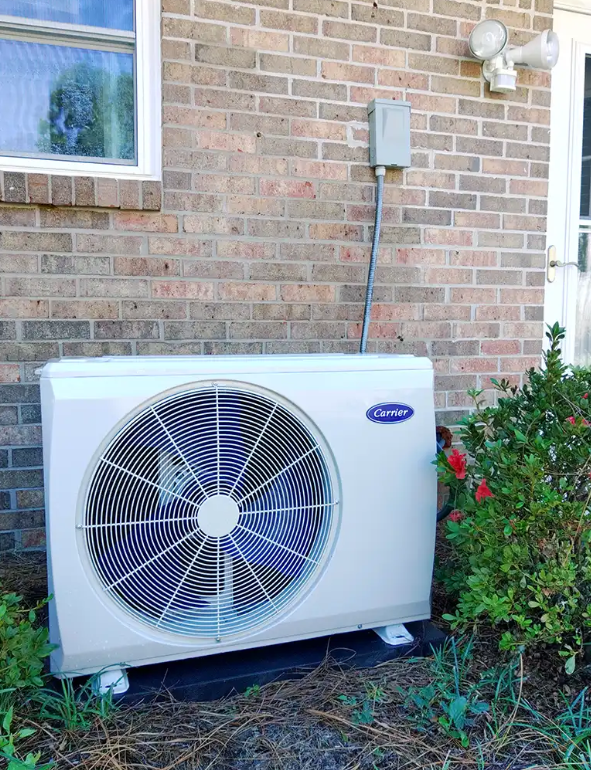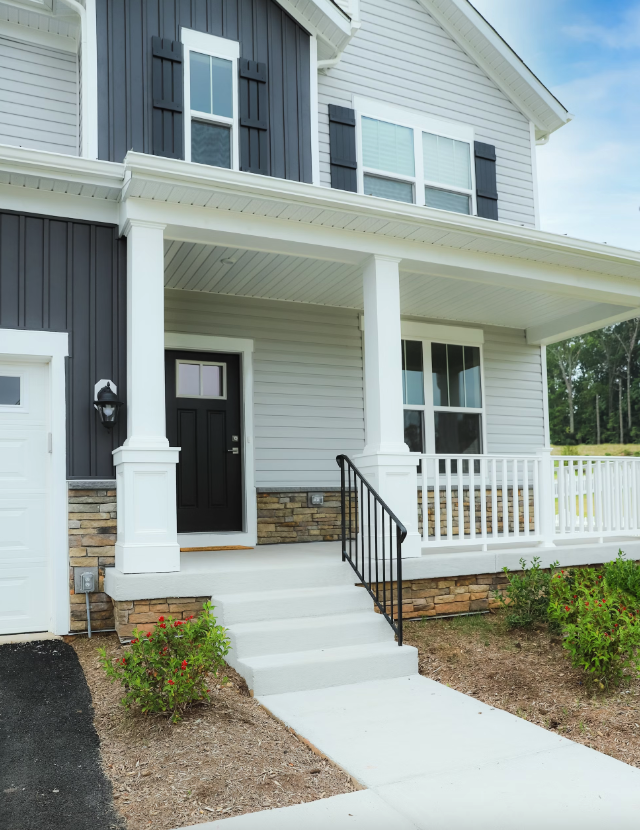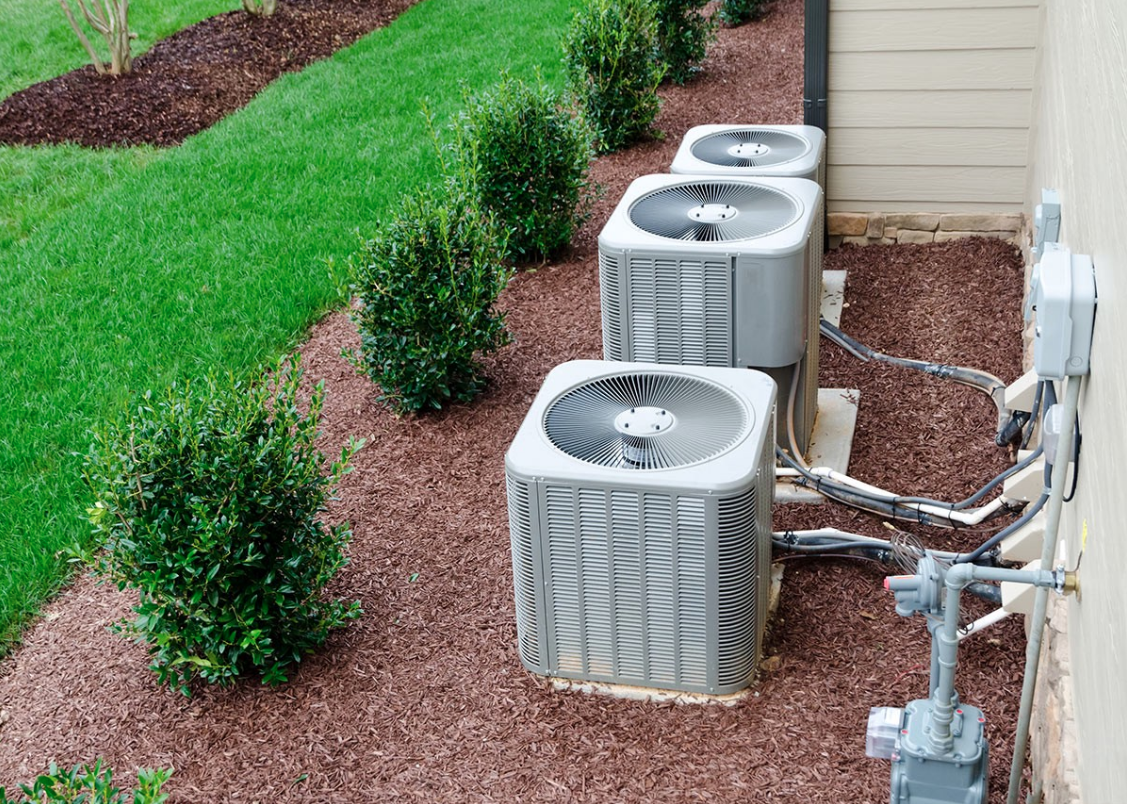Creating a More Comfortable and Energy-Efficient Home

Keeping a home warm in colder months and cool in summer requires the right materials and design choices!

Heat loss through floors can make indoor spaces feel colder, leading to higher energy bills and less efficient heating. Addressing this issue helps maintain a consistent temperature and improves overall comfort. Many homeowners look for ways to reduce drafts, prevent dampness, and increase energy efficiency. A well-insulated space not only feels more pleasant but also contributes to long-term savings on heating and cooling costs. Choosing the right materials and installation method can make a significant difference in a property’s energy performance. Keep reading to explore important factors to consider when making this improvement.
Reducing Heat Loss for Better Temperature Control
One of the main reasons for energy inefficiency in homes is heat escaping through various surfaces. While walls and roofs are often prioritized, the floor plays a key role in temperature regulation as well. When heat escapes, it forces heating systems to work harder, increasing energy consumption. Preventing this loss helps maintain a stable indoor climate without excessive reliance on central heating. A properly insulated space ensures warmth is retained during winter and cooler air is preserved in summer. It creates a more comfortable environment and reduces the strain on energy systems.
Minimizing Cold Drafts and Unwanted Moisture
Gaps and cracks in flooring can allow cold air to seep in, making rooms feel uncomfortable even when heating is in use. This issue is common in older properties where flooring may have shifted over time. Proper sealing and insulation help eliminate cold drafts, ensuring that heat remains inside where it belongs. Additionally, moisture build-up from the ground can lead to dampness and mould issues. A protective layer beneath the flooring reduces the risk of condensation, keeping the indoor environment healthier and free from excess humidity.

Lowering Energy Bills with Improved Efficiency
Energy costs continue to rise, making efficiency a priority for homeowners looking to reduce expenses. When heating and cooling systems operate more effectively, energy consumption decreases, resulting in lower monthly utility bills without compromising comfort. The initial investment in home improvements pays off over time through reduced heating and cooling costs. By ensuring that less energy is wasted, homeowners can enjoy a more cost-effective way to regulate indoor temperatures.
Enhancing Overall Home Comfort
A well-insulated home feels more comfortable in all seasons, providing a consistent indoor climate. Without cold spots or temperature fluctuations, every room maintains a steady level of warmth or coolness. It is particularly important for households with young children, elderly residents, or individuals with health conditions affected by temperature changes. A more stable indoor environment contributes to better overall well-being. Whether relaxing, working, or sleeping, a home with proper insulation provides year-round comfort.
Increasing Property Value and Sustainability
Homes with better energy efficiency are often more attractive to potential buyers. A well-maintained and insulated space is seen as a valuable investment, offering long-term benefits. Sustainable improvements also align with modern environmental concerns, reducing carbon footprints and supporting eco-friendly living. By making smart upgrades, homeowners not only improve their living conditions but also add to the overall value of their property. Energy-efficient homes stand out in the market, making them a more desirable choice for future buyers.
Upgrading a home’s energy efficiency can make a noticeable difference in comfort and cost savings. One of the most effective ways to achieve this is by improving floor insulation to reduce heat loss and enhance overall living conditions.








